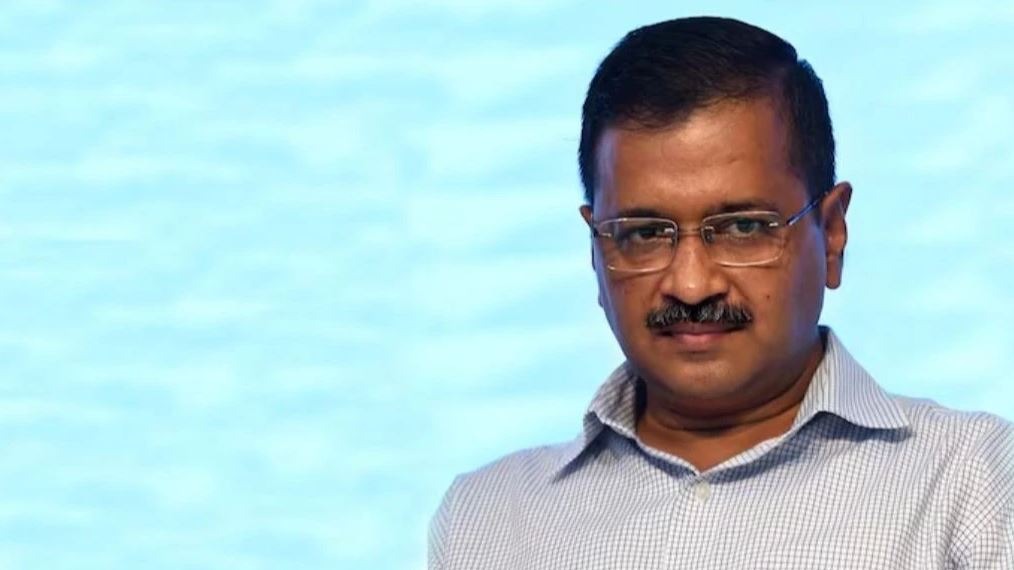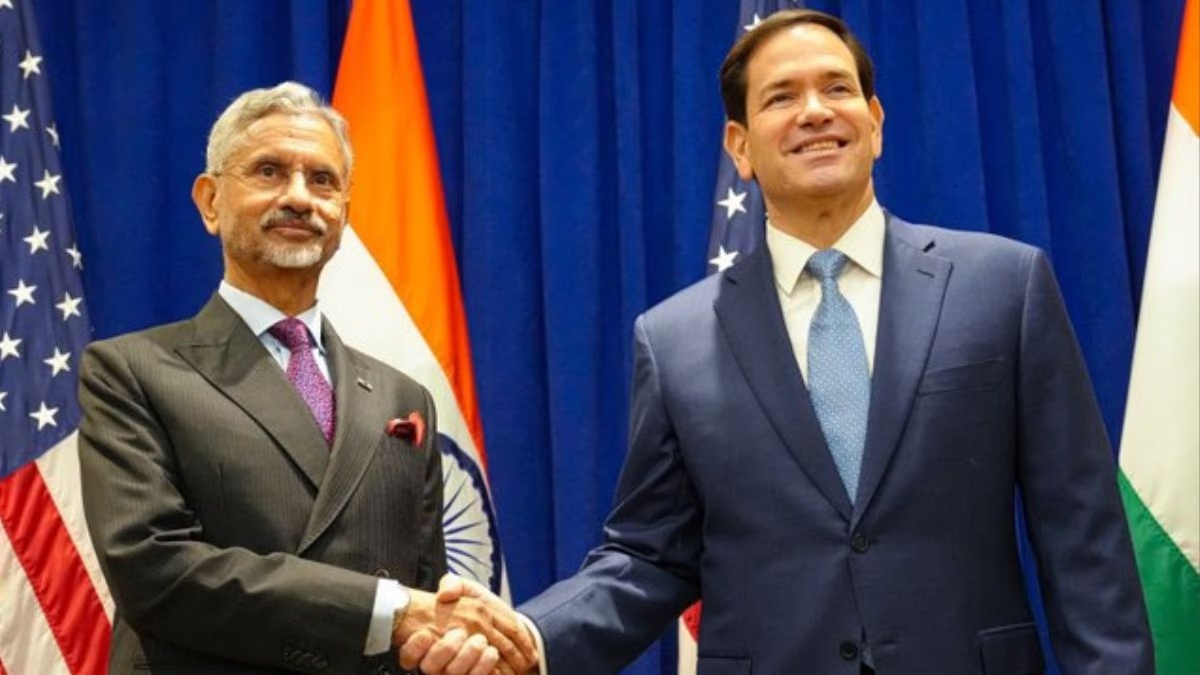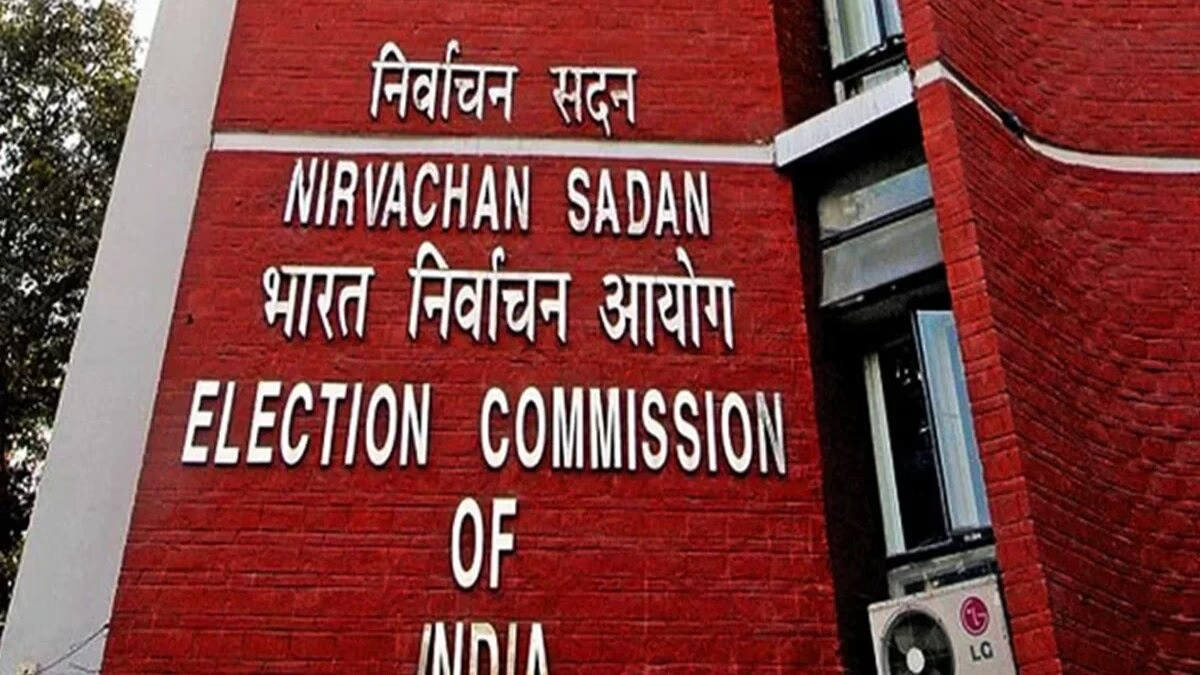In the alleged Delhi liquor scam, the Enforcement Directorate (ED) is in full action mode. Delhi Chief Minister Arvind Kejriwal has been arrested by the ED. The ED team had visited his house earlier that Thursday evening. Before the arrest, the ED team interrogated CM Kejriwal. Leaders of the Aam Aadmi Party had expressed concerns about his possible arrest.
Prior to this, the Delhi High Court had ruled not to grant Kejriwal relief from arrest. Just last week, the ED had also arrested K. Kavitha, the daughter of the former Chief Minister of Telangana. In the case, Delhi's former Deputy CM Manish Sisodia and Rajya Sabha MP Sanjay Singh are already in jail.
Why did the ED visit Kejriwal's house?
The ED, investigating alleged money laundering in the Delhi Excise Policy 2021-22, has issued nine summonses to CM Kejriwal. On Thursday, the ED team delivered the tenth summons to his house.
Despite issuing so many summonses, Kejriwal did not appear before the ED. Meanwhile, Kejriwal had filed an application in the Delhi High Court to avoid arrest, which the court dismissed.
How Did CM Kejriwal Get Ensnared?
The ED had sent the first summons to CM Kejriwal on November 2 last year. This summons was issued under the Prevention of Money Laundering Act (PMLA).
The ED's charge sheet mentions CM Kejriwal's name several times. It is alleged that many of the accused were in contact with Kejriwal while the Excise Policy 2021-22 was being prepared.
The ED claims that the agency has recorded a statement from Buchibabu, the accountant of Bharat Rashtra Samithi (BRS) leader K. Kavitha, in which he divulged that there was a political understanding between K. Kavitha, Kejriwal, and Manish Sisodia. During this time, Kavitha also met Vijay Nair in March 2021.

Source: aajtak
Further events leading to the arrest and the implications of these legal actions are detailed within the article.




